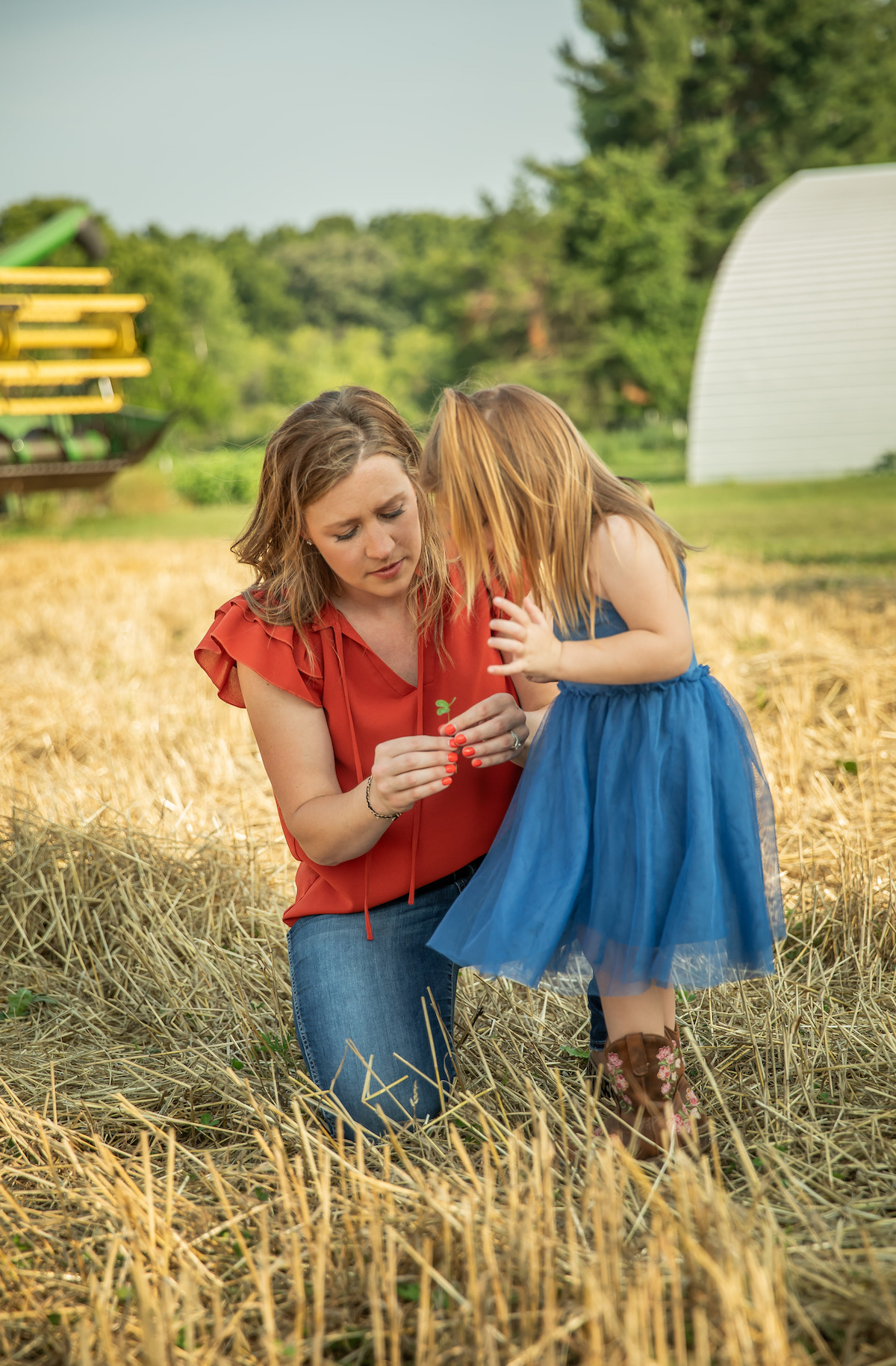Reviving heritage grains for passionate bakers and conscious eaters


Heartland Craft Grains began as a garden experiment for Rochelle and Evan Schnadt in Lodi, Wisconsin in 2021. “Watching the Netflix series Chef's Table, we heard a couple of chefs talk about breeding crops for flavor rather than yield,” and the lightbulb went off for these two farm kids, says Rochelle. Could they grow grains for flavor in their own yard and eventually, farm?
While growing food for flavor may sound key, taste is often overlooked to serve demands of efficiency, predictability, and the needs of industries. The traditional corn and soy the couple grew had the latter parameters in mind.
Evan is from Iowa, and Rochelle, Wisconsin. Both went to college for and worked in agriculture; they had to test the hypothesis. They began planting some trial plots and investigating what would be involved in transitioning their acres to grow food-grade grains. Since fellow member Janie’s Farm and Mill is nearby, a field trip and visit with Harold Wilken was in order.
“We said, all right, you're going to either talk us into this or talk us out of this,” Rochelle laughs.

As professionals who worked off-farm, Evan in the dairy cattle industry and Rochelle in ag marketing, they were ready for a venture like this. They’d been looking for a way to add more value to their 50 acres in the Lodi Valley, on the fringe of the Driftless and Arlington Prairie, which has some of the most fertile grounds in the country. They started by swapping in open-pollinated varieties of corn for the standard ones.
Farming is a public workplace. Fields don’t hide inside the relative privacy of offices, and deviating from norms can be highly scrutinized. Though Rochelle’s parents were early adopters of no-till practices and cover crops, farming for food-grade grains and using direct marketing were yet to be pioneered: the path was unknown and carried more risk.
“We joke that sometimes we're a little bit more on the R&D side, since trying new practices and using smaller equipment is our norm,” Rochelle says, but her family is supportive. This is helpful when it comes to sharing equipment, as well as additional land to rotate crops as Heartland Craft Grains expands.
The Schnadt’s knew they needed to find new peers as they carved this route, and actively sought them. They attended soil health conferences and found folks through social media, where the food world meets the farm world. Rochelle reached out to people sharing farm stories that felt aligned with their own. Eventually, they found the AGC network.
Attending a milling course with fellow AGC members last year at Northern Crops Institute in Fargo, ND was a cool community builder, Rochelle says. Having connections to people working in retail, restaurants, and beverages is key for moving their grains to tables. “We asked some very experienced people technical questions, and got great answers,” she notes.
In a few short, intense years, the path for Heartland Craft Grains became clear. The couple found a mill to purchase in Northeastern Wisconsin. The farmer, who was retiring, had many value-added enterprises, including growing specialty grains for milling. Inspired by the ancient grains he used, Rochelle and Evan added spelt and einkorn to their trials. Shopping for a combine, they found the right sized machine from a farmer who grew trials, too, and did plot-scale harvesting.

While they looked into establishing a grain handling facility off-farm, ultimately, Rochelle and Evan chose to keep this work close to home. Logistically, that simplifies things for their family —the couple have two young children. More importantly, keeping the mill next to the fields creates a natural opportunity for people to see the farm when they visit or pick up an order.
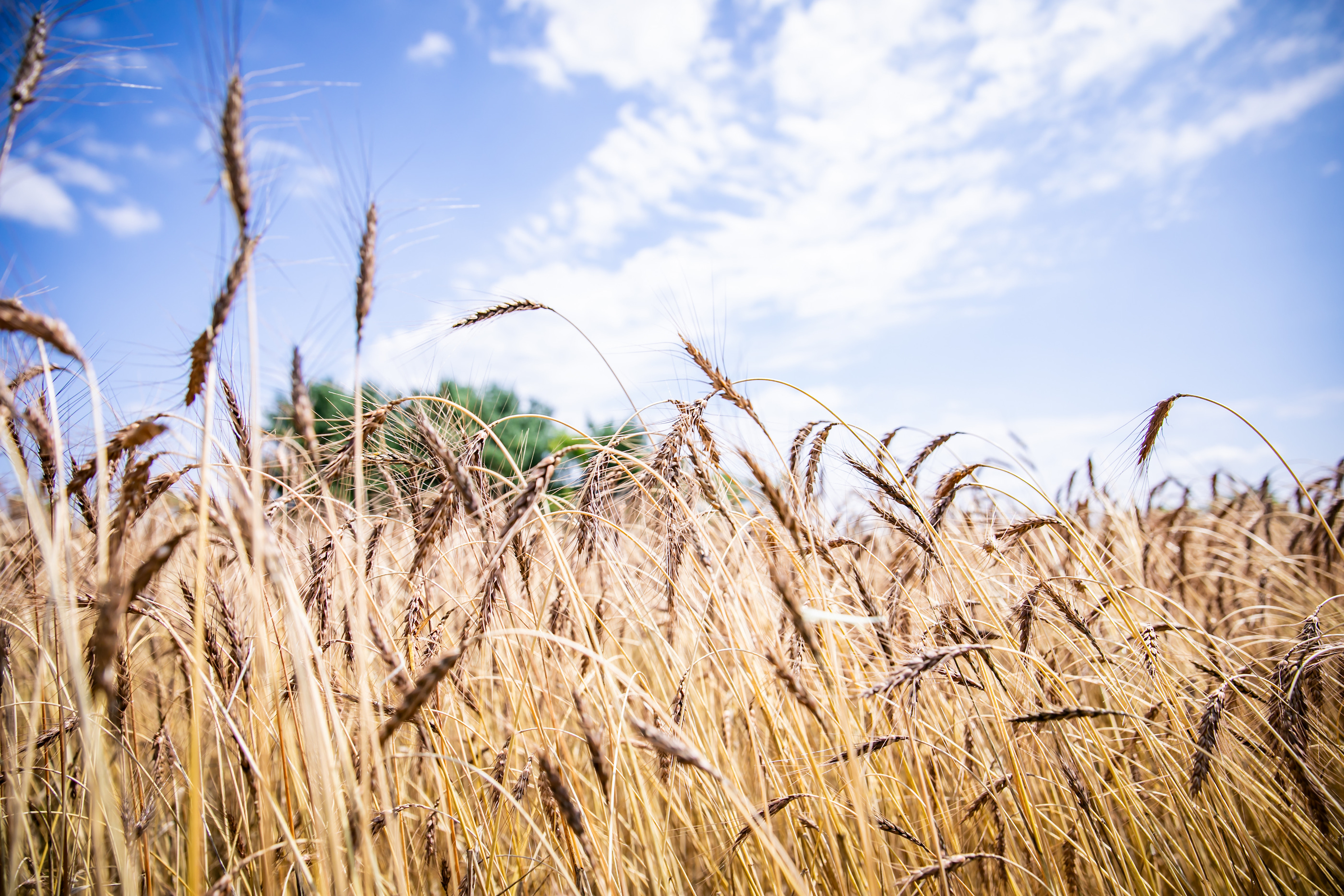
The milling and bagging that transforms their crops into products all happens inside a shipping container. (Funding from a grant will help them upgrade their processing from hand-lifting tons of grain, bucket by bucket, into a system that’s more automated.) Once they had finished products, Rochelle got samples into the hands of food professionals, people who have a trained palette and could help decipher and interpret the differences.
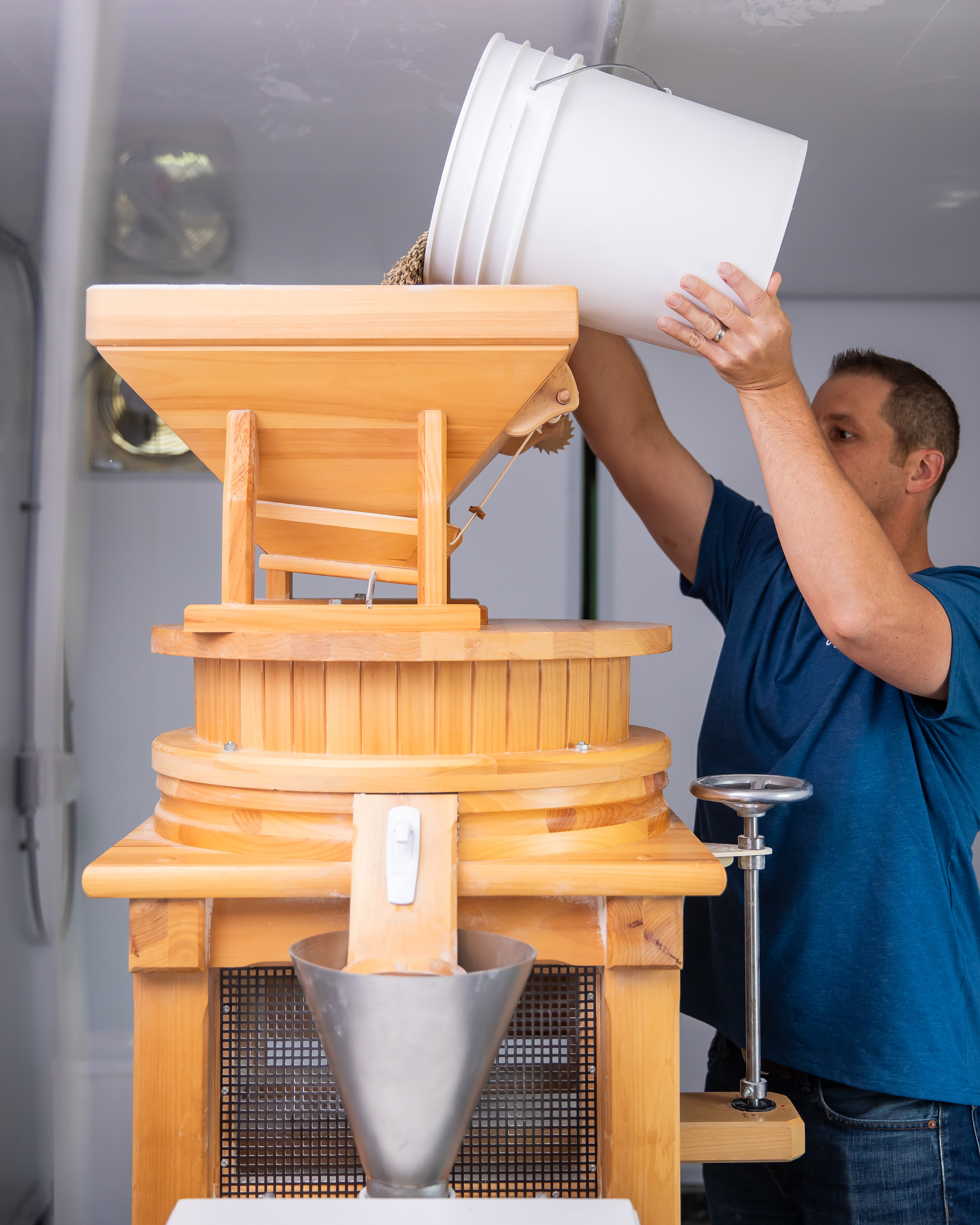
This investigative outreach helped them understand and express the characteristics of their grains. They developed labeling to articulate these facets and set out to tell the story. They’ve been part of several chef collaborations, including one this past spring with chef Josh McFadden (shown below, center). They share recipes on their Instagram and website, and they recently held a pizza night on their farm.
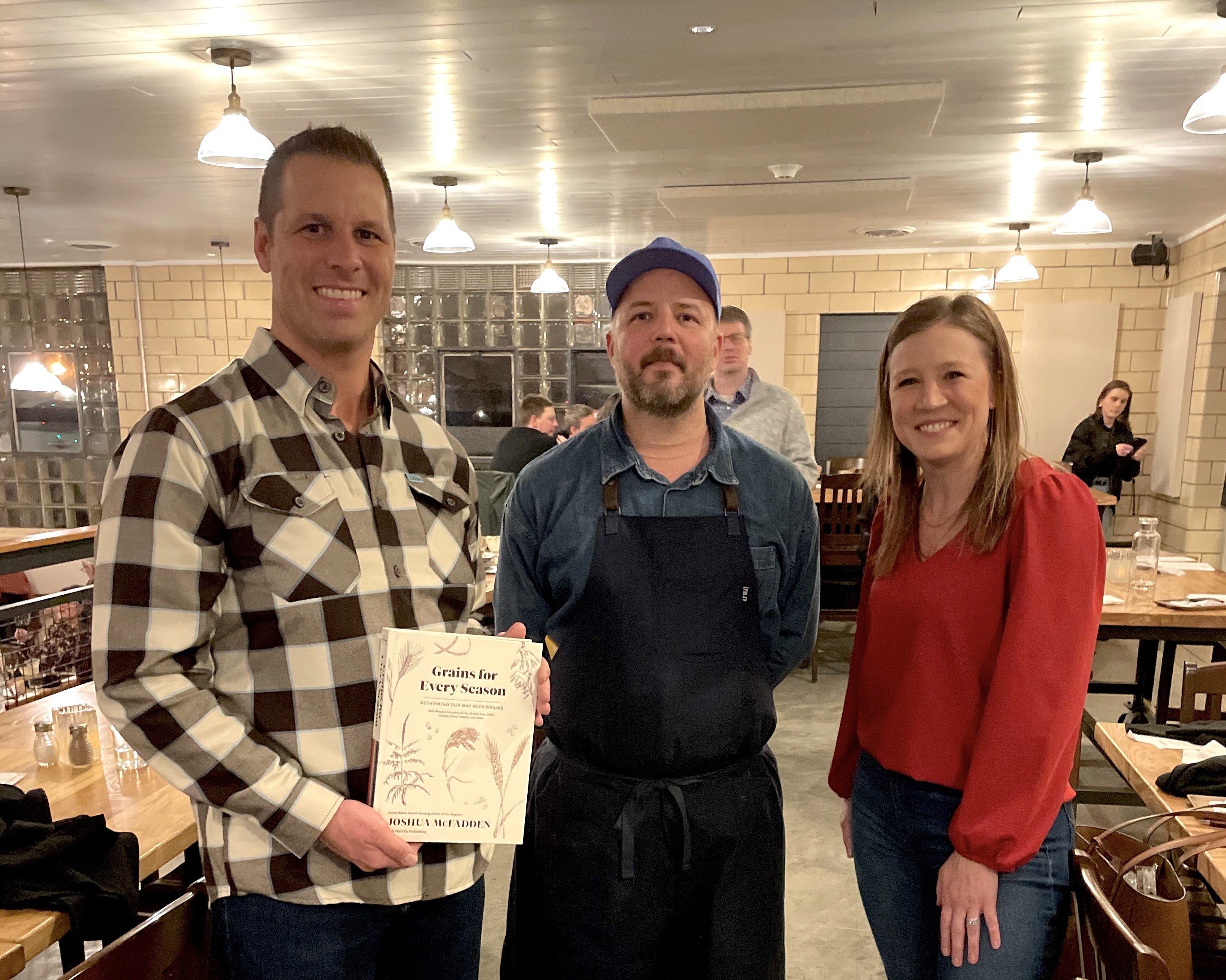
“We’re focused on soil health first and foremost which informs the farming practices we implement,” says Rochelle. Serving the needs of the soil helps crops express those flavors that chefs crave. “I’m sure that wheat grown on the Palouse in Eastern Washington tastes different from what we grow on our farm here in the Midwest. Terroir isn’t just for grapes. Our Clark’s Cream, a hard white wheat, people say it has a unique umami flavor.”
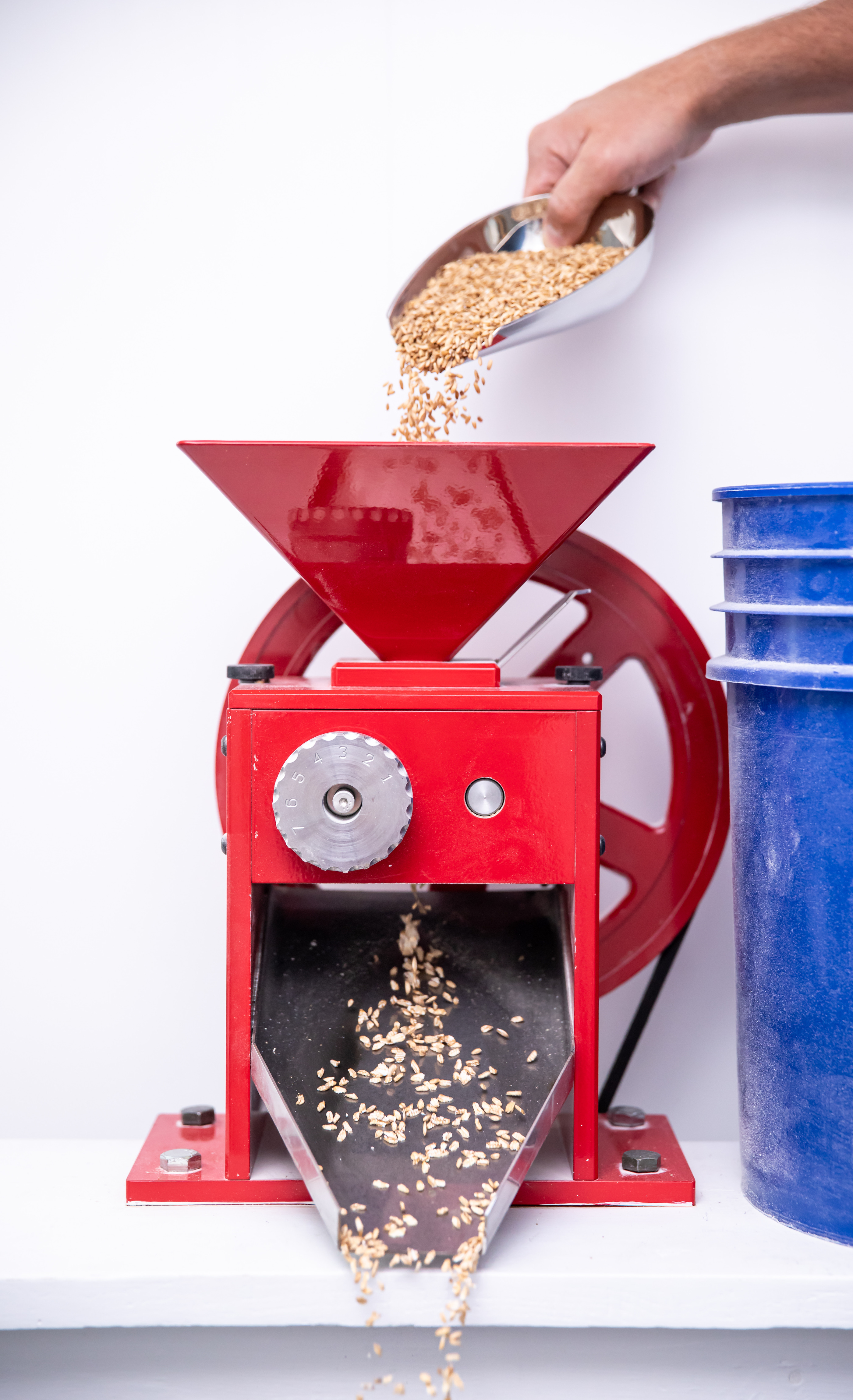
Heartland’s oats and white corn will be among the many samples at the upcoming Farm to Flavor event, Oct. 5 in Madison, where they’ll convene with colleagues across the grain value chain from breeders to chefs…and of course, eaters!


AGC is excited to have such energetic members in our network! You can listen to Rochelle talk about their operation on this May 2025 interview with Mid-West Farm Report. Also learn more about their crops from features in The Sourdough People and the Wisconsin Farm Bureau magazine, Rural Route.
